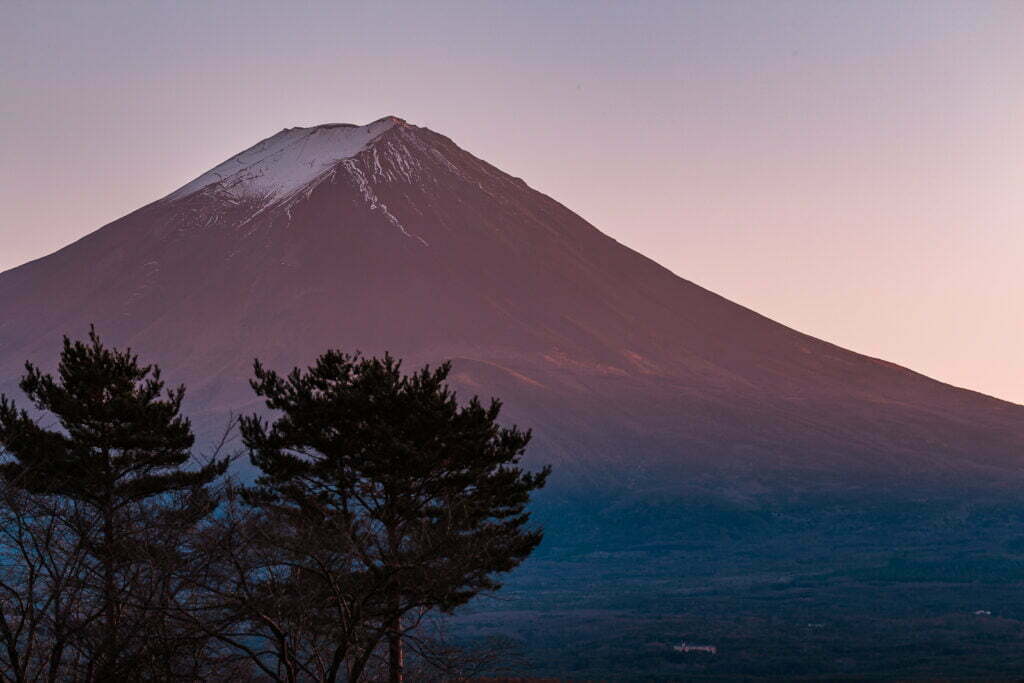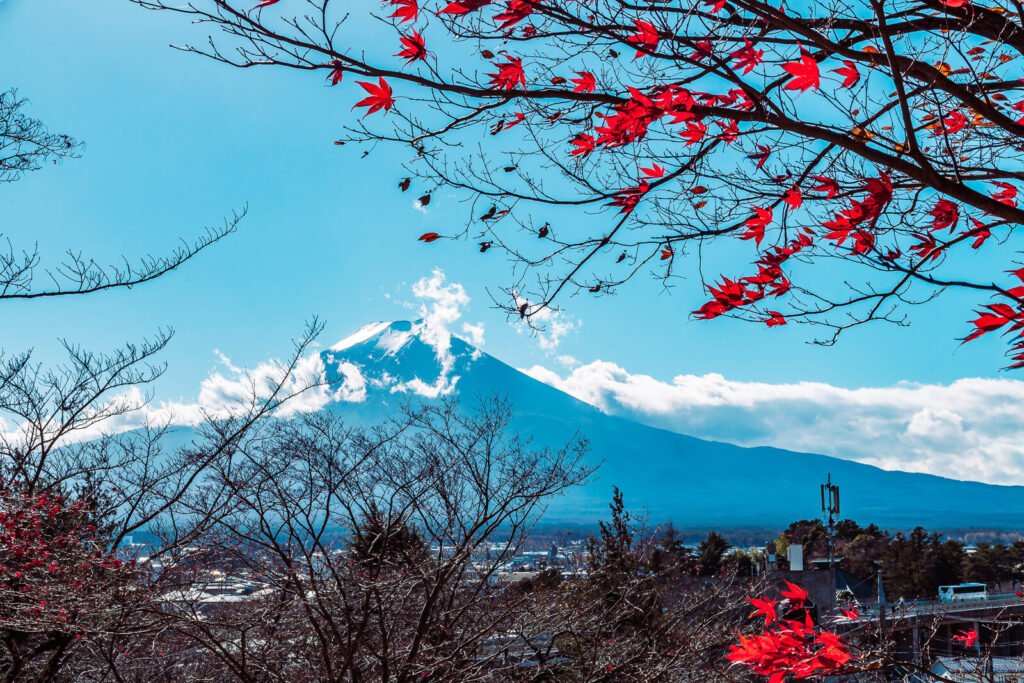In an era of unprecedented travel accessibility, Mount Fuji Environmental Impact takes center stage. Japan’s revered Mount Fuji, an emblem of natural beauty and cultural significance, now faces the challenges of overtourism. The surge in visitors, human traffic congestion, increasing litter, and environmental pollution have ignited discussions about conserving and sustaining this beloved landmark.
A Precious Icon Under Siege
Mount Fuji, or Fujisan,” as it is affectionately called by the Japanese, has captivated the imagination of people around the globe for centuries. Its graceful, snow-capped silhouette has been immortalized in countless works of art, poetry, and literature. As a UNESCO World Heritage Site and a sacred place in Japanese Shintoism, it holds a unique place in both natural and cultural history.

However, this very popularity has led to an explosion in the number of visitors. According to the Japan National Tourism Organization, Mount Fuji attracted over 3.3 million visitors in 2019 alone. While this demonstrates the mountain’s magnetic allure, it also brings with it a host of problems.
Human Traffic Jams on the Ascent
One of the most noticeable issues is the congestion on the trails leading to the summit. The traditional Yoshida Trail, one of the most popular routes, has seen an increasing number of climbers during the official climbing season from July to August. This overcrowding not only diminishes the experience for climbers but also poses safety risks, especially during the frequently inclement weather conditions.
The crux of the problem lies in the limited climbing window due to harsh weather conditions, making it imperative for climbers to attempt the ascent within a short period. This creates a bottleneck effect, with everyone attempting the climb simultaneously, leading to traffic jams that can last for hours.
Mountains of rubble
The Mount Fuji Environmental Impact is further exacerbated by a troubling surge in waste and litter. Hikers and tourists frequently neglect Leave No Trace principles, leaving behind trash in and around Mount Fuji. Local authorities grapple with the overwhelming volume of waste, resulting in environmental degradation and a detrimental effect on the ecosystem.
Environmental Pollution
The Mount Fuji Environmental Impact extends to environmental pollution as well. With the increasing number of visitors, the pollution of the pristine waters and fragile ecosystems surrounding the mountain also rises. Pollution stemming from transportation, littering, and waste disposal practices poses a significant threat to the mountain’s delicate ecology and the intricate balance of its flora and fauna.
Balancing Conservation and Tourism
Efforts are underway to address these challenges and strike a balance between promoting tourism and preserving Mount Fuji’s integrity. Initiatives such as stricter regulations on the number of climbers, mandatory reservations for hikers, and increased awareness campaigns about responsible tourism have been put into place.
Additionally, organizations and volunteers regularly organize clean-up activities on the mountain and its surrounding areas to combat the litter problem. Local businesses are also encouraged to adopt sustainable practices, such as reducing single-use plastics and conserving resources.
You may also like to read Exploring Tokyo: Unveiling Top Attractions and Hidden Gems
The Path Forward
Mount Fuji’s struggle with overtourism serves as a stark reminder of the challenges facing cherished natural and cultural sites worldwide. As travelers, it is incumbent upon us to respect the sanctity of these places and practice responsible tourism. By doing so, we can help ensure that future generations can continue to experience and be inspired by the splendor of Mount Fuji, not just as a popular tourist destination but as a symbol of Japan’s natural beauty and cultural heritage.





